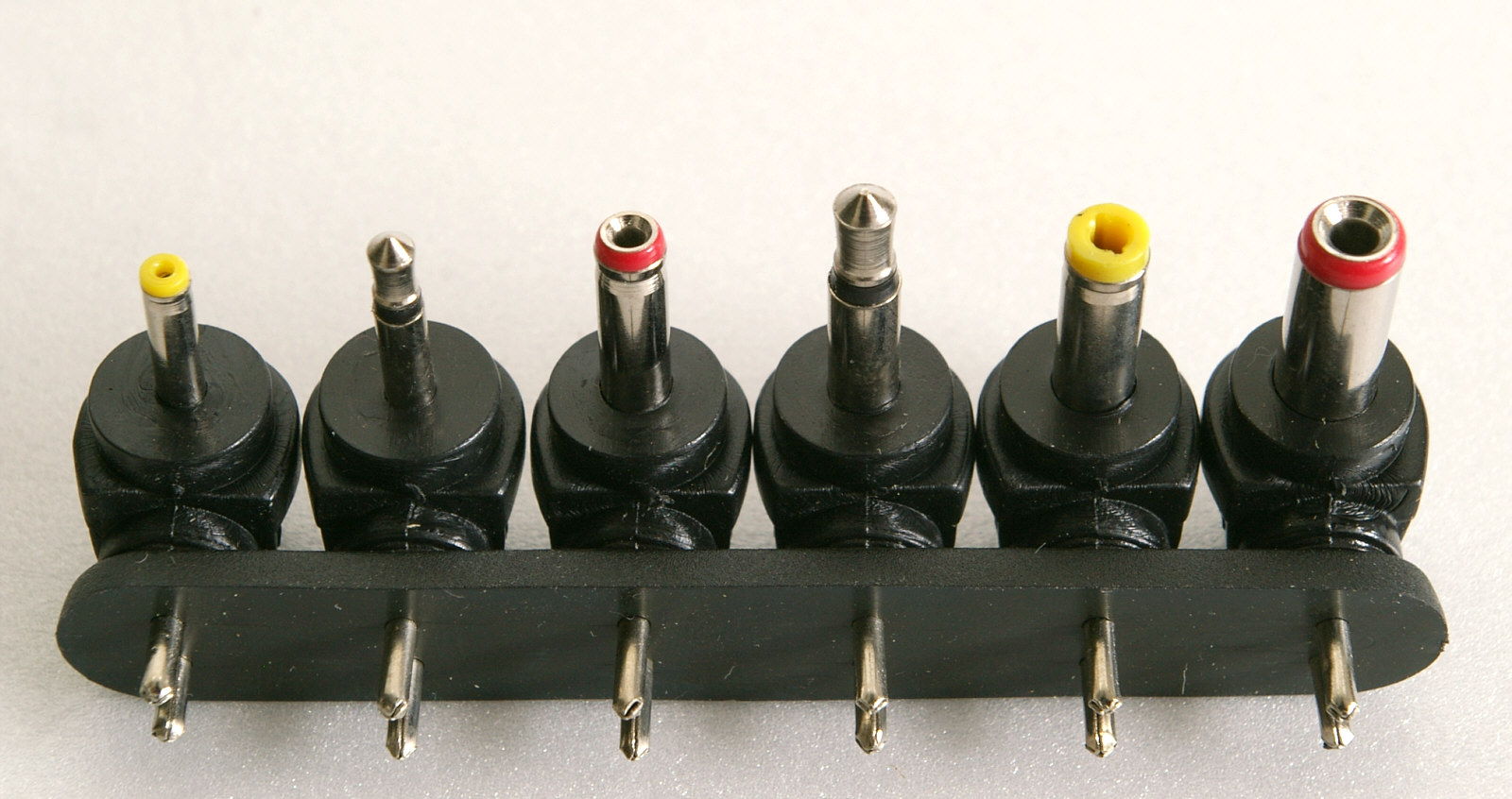Troubleshooting Asus Eee PC 1015p Not charging
Tags:
blog | repair | notebook | dc jack | asus eee pc | CompTIA | troubleshooting
Asus Eee PC Notebook: Not charging.
I will use this occasion to demonstrate how troubleshooting process should function.
I had used the CompTIA Troubleshooting six step process.
Identify the problem - Description
Upon first inspection the notebook was working perfectly fine with the battery plugged in but the battery wasn't charging when the dc adaptor was plugged in. Without the battery and with the dc adaptor plugged in the notebook wouldn't start. This mean that the motherboard doesn't receive any power.
Establish a theory of probable cause (question the obvious).
Theory
AC- DC adaptor doesn't work and doesn't supply power.
Test the theory to determine the cause.
dc jack 0.7mm first on the left.Because the the dc jack inside diameter is so tiny 0.7mm I had to use a pin to get the reading on the voltmeter.
The dc jack had just about 19V when I had it checked with the voltmeter which is the right voltage. This means that the cause is not the dc jack. This means back to step 2.
Establish a theory of probable cause
Theory
The dc jacket on the motherboard is broken or have de-soldered and the motherboard doesn't get any power because of this.
Test the theory to determine the cause.
To determine the theory I had to dissemble the notebook so I could be able to check the dc socket soldered on the motherboard.
It is known that a broken dc jack is a very common thing to happen to laptops and notebooks due to the tension and the movements when the notebook is charging. Due to this movement the dc socket get loose or broken.
After dismantle the notebook I had access to the dc socket soldered on the Asus Eee Pc motherboard. I have plugged-in the powered dc jack and with my voltmeter I checked the positive (+) pin of the dc and the ground(-). There was no voltage present whatsoever. This had to be the fault, a broken dc jack on the motherboard.
Establish a plan of action to resolve the problem and implement the solution.
Plan of action: To replace the dc jacket with a new one.
Implement the solution: De-soldered the dc socket from the motherboard, ordered an new one and soldered back in.
Verify full system functionality and, if applicable, implement preventative measures.
With the new dc socket in place I had plugged in the powered dc jack and measure the voltage one more time.
Reading on voltmeter 0.00 Surprise. No Power.
Ac-dc adaptor working, new dc jack on the motherboard and still no power!? Are my soldering skills so bad!? Back to :
Establish a theory of probable cause (question not the obvious).
Theory
Something is not right with the connection between the dc jack and the dc jacket. Something is "stopping" the connection.
I had ordered a new dc jack and under close examination discovered that the outside metal from the dc jack doesn't get in contact with the dc socket.
Troubleshooting this problem led me to presume/discover that something very small, smaller than 0.7mm, had entered in the dc jack. Indeed the jack was about 0.5mm to get in contact with the dc jacket.
Bought a new dc jack and replaced the old one.
Verify full system functionality and, if applicable, implement preventative measures.
Verified the full system and now the battery is charging as it should. Recommend attention on handling the dc jack. Don't stick it into dirt.**
Document findings, actions, and outcomes.
Well.. that is exactly what this blog post is supposed to do.

